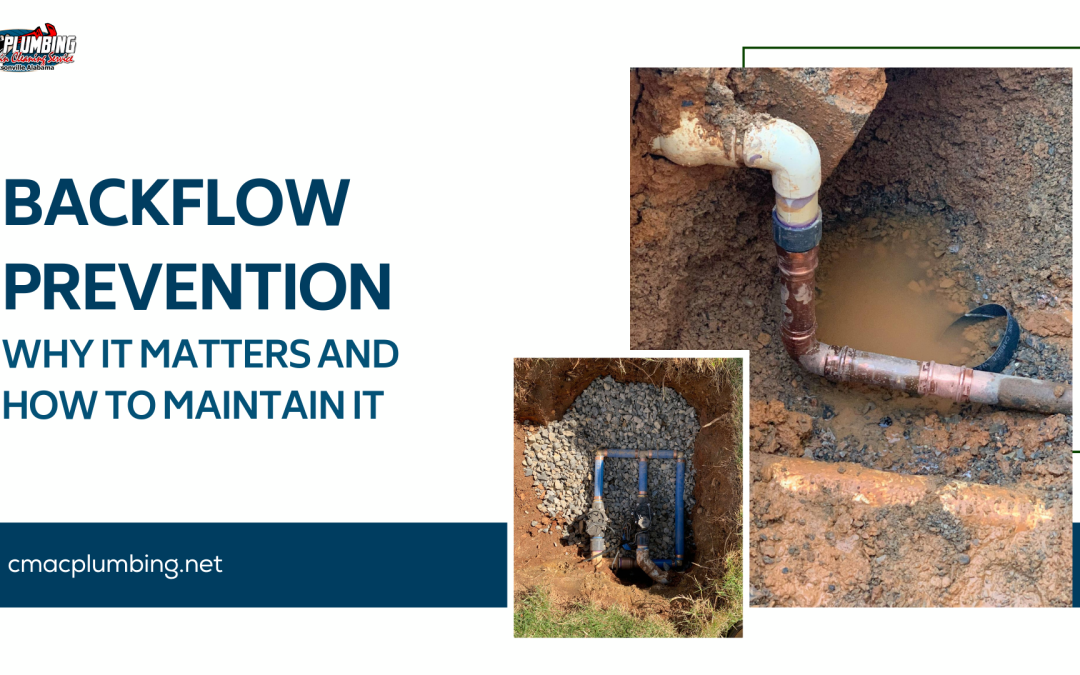Clean water is an invaluable resource that plays a vital role in our daily lives. Ensuring its purity is not only a personal responsibility but also a public health imperative. One critical aspect of maintaining clean water is understanding the significance of backflow prevention and adopting effective maintenance practices.
Why Backflow Prevention Matters:
Backflow occurs when the normal flow of water is reversed, potentially allowing contaminants to enter the clean water supply. This poses a serious health risk as it can introduce bacteria, chemicals, and other pollutants. Backflow prevention is essential to safeguard public health by maintaining the integrity of the water we use for drinking, cooking, and other daily activities.
Installation of Backflow Prevention Devices:
Installing backflow prevention devices is a fundamental step in protecting water quality. Check valves and backflow preventer assemblies are examples of devices that create a barrier, preventing water from flowing backward. These devices act as a crucial line of defense, reducing the risk of contamination and ensuring that the water remains safe for consumption.
Regular Maintenance Tips:
Ensuring the ongoing effectiveness of backflow prevention devices requires regular maintenance. Routine inspections by licensed plumbers are essential to identify any wear and tear, malfunctions, or potential issues. Timely repairs or replacements can prevent the compromise of these devices, preserving their ability to protect the water supply.
Compliance with Regulations:
Adhering to local regulations regarding backflow prevention is another key aspect of water safety. Property owners should be aware of and follow the required testing and maintenance procedures stipulated by authorities. This not only ensures the health and safety of occupants but also contributes to the overall well-being of the community.
Preserving clean water is a shared responsibility that begins with understanding the importance of backflow prevention. By installing and maintaining backflow prevention devices, adhering to regulations, and being proactive in addressing potential risks, individuals contribute to a healthier, safer water supply for everyone. In doing so, we play a crucial role in preserving this precious resource for current and future generations.


